Covalent Bonding Game
In the Covalent Bonding game, players bond together atoms to create target molecules with unique bond polarities and molecular shapes.
Take a peek inside the Covalent Bonding game for a brief overview of the concepts covered through gameplay. Learn about the challenge levels, exploratory sandbox, and free teacher resources for use in your chemistry classroom.
Or watch our full Covalent Bonding webinar here.
Core levels

To successfully create a molecule, players must satisfy the octet rule when bonding atoms together.
By manipulating the number of shared valence electrons between atoms, players can create single, double, and triple bonds.


Through observing the location of the shared electrons in the bonds created, players will explore non-polar, semi-polar, and very polar covalent bonds.
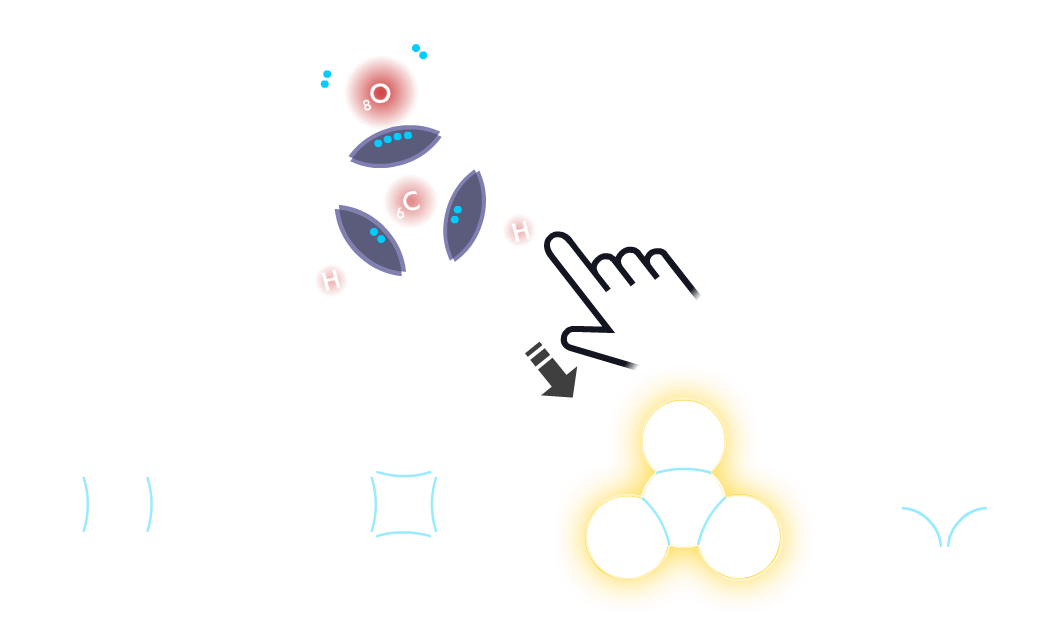
Players will be introduced to VSEPR Theory by building molecules that match the molecular shapes presented in the targets.

Connected levels
Atoms and Covalent Bonding
In these connected game levels, there are atoms missing from the provided bank. Players must return to the Atoms game to build the missing atoms that they need in order to create the target molecules in the Covalent bonding game.
 Players build atoms in the Atoms game, send these atoms through the pipe, and then bond these atoms to create target molecules in the Covalent Bonding game.
Players build atoms in the Atoms game, send these atoms through the pipe, and then bond these atoms to create target molecules in the Covalent Bonding game.
 Players build atoms in the Atoms game, send these atoms through the pipe, and then bond these atoms to create target molecules in the Covalent Bonding game.
Players build atoms in the Atoms game, send these atoms through the pipe, and then bond these atoms to create target molecules in the Covalent Bonding game.
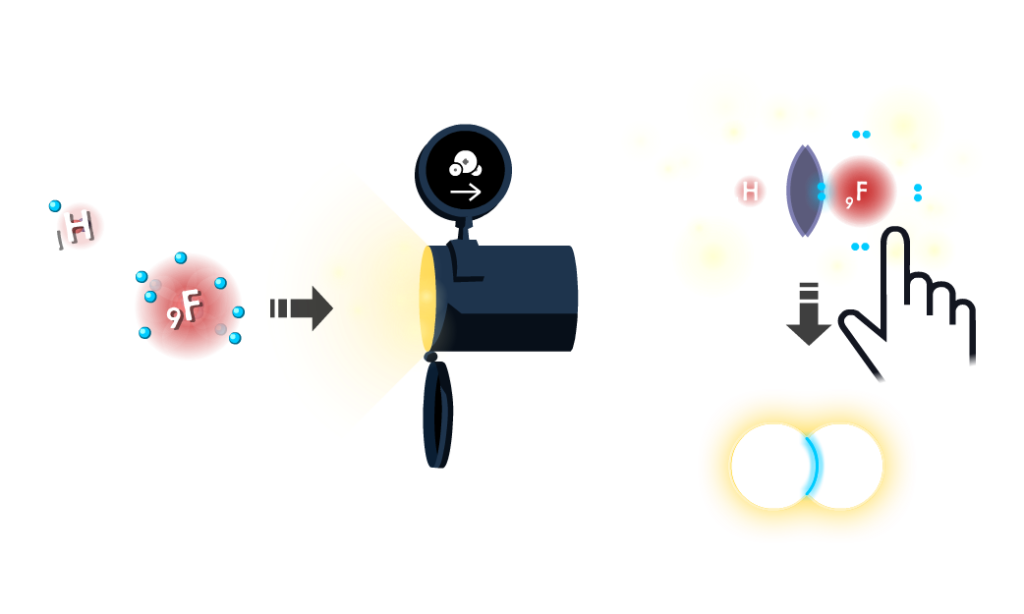 Players must build atoms of a specific electronegativity in the Atoms game to ensure that, once sent through the pipe to the Covalent Bonding game, these atoms can form bonds that match the bond polarity of the targets.
Players must build atoms of a specific electronegativity in the Atoms game to ensure that, once sent through the pipe to the Covalent Bonding game, these atoms can form bonds that match the bond polarity of the targets.
Sandbox
The Covalent Bonding Sandbox is an open-ended and exploratory environment designed for students to freely build molecules using the provided bank of atoms. Complement your instruction by designing your own Sandbox activities and encourage your students to earn the built-in Achievements that focus on a specific topic within Covalent Bonding (i.e. bond polarity, types of bonds, VSPER theory).
